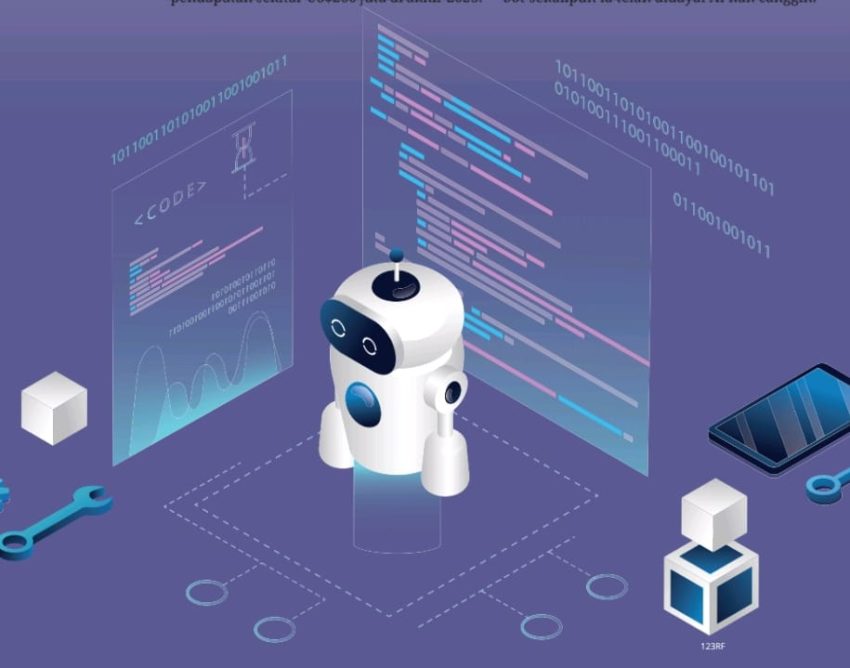
Conversational agents, powered by the towering capabilities of artificial intelligence, have already started to sway the landscape of human-computer interaction. One such primary force in this domain is ChatGPT, a language model developed by OpenAI. Its applications are tremendously wide, as it helps in generating human-like text. However, unraveling how ChatGPT scripts its responses can be a bit complex. To streamline your understanding, this guide will walk you through a step-by-step exploration.
Understanding Language Models
Essentially, a language model is an algorithmic representation trained to gauge the probability of a sequence of words. It can either predict subsequent words in a given string of text or generate an entirely new series of text based on previous context. Language models form the backbone of Natural Language Processing (NLP), the field powering tools like ChatGPT, which can detect ChatGPT content.
The Underpinnings of ChatGPT
The foundation of ChatGPT rests on GPT (Generative Pretrained Transformer), developed by OpenAI. It uses unsupervised learning, training on a vast array of internet text to understand and simulate human language patterns. Each word it generates is based on all previously generated words, crafting cohesive sentences and producing remarkably human-like responses.
Role of GPT-3 in ChatGPT
OpenAI’s GPT-3 is the latest version and has 175 billion machine learning parameters, marking it as one of the largest and most powerful language models available today. It serves as the underlying machinery driving ChatGPT, responsible for its unprecedented text generation prowess.
The Two-Step Training Process
ChatGPT’s training process can be classified into two steps: pre-training and fine-tuning. Understanding these steps is crucial to decoding ChatGPT content, as they dictate how the model behaves and generates its responses.
Delving into Pre-training
The pre-training phase can be seen as the initial schooling of ChatGPT. It learns to predict the next word in a sentence by analyzing scores of text from the internet. Over time, it begins to grasp syntax, collocations, facts about the world, and even some bias inherent in the data it has trained on.
The Fine-Tuning Phase
During fine-tuning, human reviewers step in with a curated dataset to further teach ChatGPT. This helps refine its language generation capacities and guides its responses. The reviewers rank different model-generated responses by their quality and alignment with human values.
Conversation Structure in ChatGPT
Rather than interpreting a single message or query, ChatGPT analyzes the entire conversation history when formulating responses. This allows it to craft replies that are consistent and contextually relevant, emulating a real-time human conversation flow.
Detecting and Handling Bias in Outputs
Despite developer efforts, sometimes ChatGPT may emit biased or inappropriate content due to biases present in the original training data sourced from the internet. Strategies like modifying the fine-tuning process and providing clearer instructions to human reviewers are among the steps taken to combat this issue.
Dealing with Unknown or Wrong Information
No language model is flawless, and ChatGPT is no exception. There may be instances where it generates responses based on incorrect or unknown information. However, developers continually work on updates that aim to decrease these occurrences and improve reliability.
ChatGPT’s Control and Topicality
While ChatGPT exhibits a high degree of control in terms of the specificities it can address, occasionally it might veer off-topic or make things up. Strategies like reinforcement learning from human feedback try to mitigate these issues and refine system outputs.
The Future of ChatGPT
The future of ChatGPT appears expansive and promising. Developers intend to expand capabilities through regular updates, guided by feedback and newer data, aiming to improve its performance across broader contexts and applications.
A Living, Learning Tool
ChatGPT is a ceaselessly evolving tool. Constant learning and refinements, bounded by robust guidelines, mark its journey towards becoming a more capable, reliable conversational agent. Decoding its text output process provides a fascinating insight into the future of artificial intelligence-driven language models.
Final Thoughts
So there it is, your step-by-step guide to decoding ChatGPT written content. It functions using intricate internal processes and displays an extraordinary capability to generate human-like text. As we delve deeper into the era of artificial intelligence, understanding the mechanisms behind such powerful tools becomes more crucial than ever before.